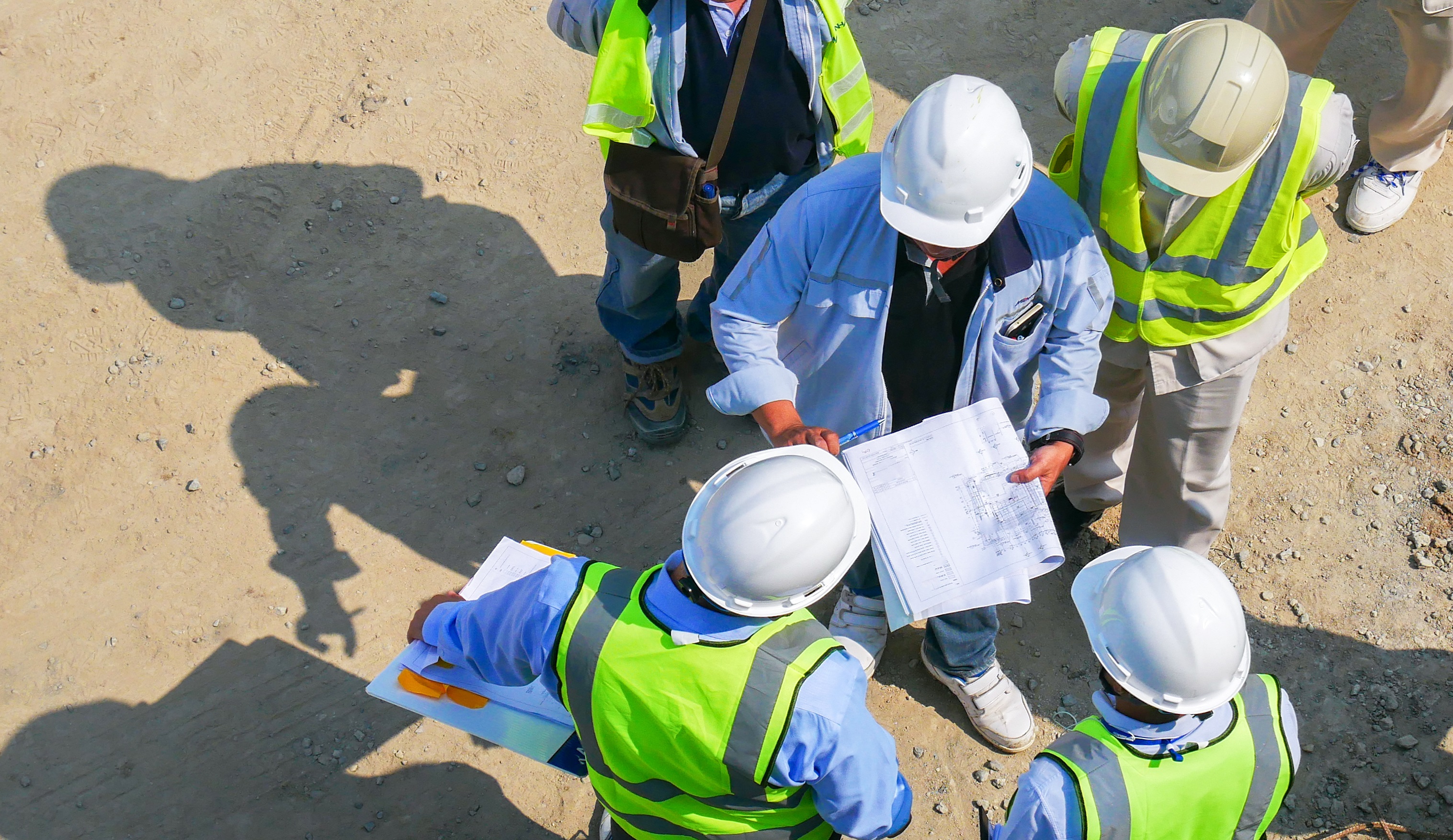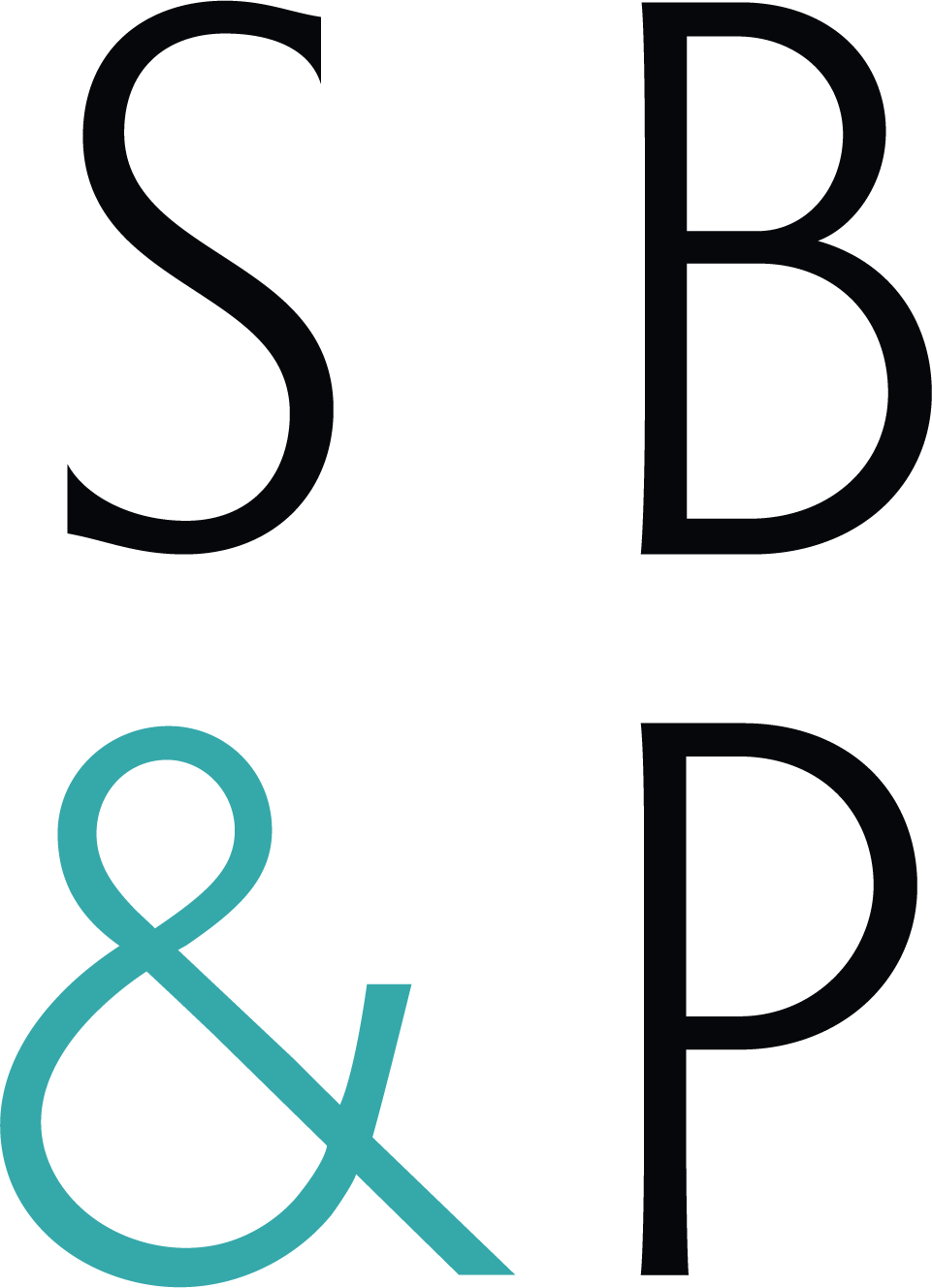From 1 March 2021, a VAT reverse charge will be in operation for most construction services carried out in the UK. This measure has been introduced to combat fraud in the building and construction area. The change will have a big effect on accounting systems of those affected, as well as potential cash flow issues.
Originally planned for October 2019, then October 2020, the government has delayed implementation again as it recognises the impact of Coronavirus on the construction sector. The date may change again over the next year, so it is important to remain updated.
Combatting missing trader fraud has become a priority for HMRC over a number of years and is identified as one of the key factors contributing to the tax gap. The tax gap is the difference between the amount of tax that should be paid to HMRC and that which is actually paid.
In the Autumn of 2017 HMRC announced that they would consult on implementing a reverse charge, due to systemic fraud in labour supply chains.
On 30 April, the Value Added Tax (Section 55A) (Specified Services and Excepted Supplies) Order 2019 was laid before Parliament with an implementation date of 1 October 2019. It was followed by guidance published on 7 June 2019 and updated on 25 June 2019.
This announcement follows previous legislation which applied the reverse charge to mobile phones, computer chips and emissions allowances.
For those supplies affected, the supplier will no longer account for VAT as output tax, but instead the customer will declare VAT on behalf of the supplier on their VAT return and, subject to the normal rules, will recover that VAT as input tax.
The actual VAT liability of construction services will remain unaffected.
Supplies affected
The services affected are wide ranging and apply to all relevant construction services. The legislation has set out in some detail the services affected but in reality, they affect those services also covered by the Construction Industry Scheme (CIS).
Services covered include but are not limited to; constructing, altering, repairing, extending, demolishing or dismantling buildings including walls roadworks railways aircraft runways and harbours.
They also extend to installing heating, lighting, air-conditioning, ventilation, power supply, drainage, sanitation, water supply or fire protection systems in any building and even the internal cleaning of buildings and structures, so far as carried out in the course of their construction etc. Additionally, the painting or decorating of the inside or the external surfaces of any building or structure is included.
There is a major difference between Domestic Reverse Charge (DRC) and CIS in that the DRC also includes materials supplied with those services.
Not only is the legislation wide ranging but in most circumstances, DRC will be the default where there is a mixture of supplies that are caught and ones that are not. For example, where there are supplies of repairing, which are caught, and supplies of maintenance that are not, the whole supply can be treated as a reverse charge transaction.
There are a number of steps that need to be followed to decide whether the reverse charges apply:
- The supplies must be within the scope of CIS,
- the services must attract VAT at either the standard or reduced rate of VAT and
- the customer must be both VAT registered and registered for CIS.
If any one of these criteria are not met then the normal rules apply, and VAT should be charged.
This means that the construction of new houses will not be caught but the conversion of commercial buildings to dwellings will be. Even where new houses are being built there may be some services, such as the supply and installation of electrical goods that are caught.
Status of customer
The legislation also brings in a new term, being an ‘end user’. An end user is someone who buys in construction services but does not resupply them. In most cases it will be obvious who the end user is, such as a home owner or property-owning business. Where the customer is an end user the normal VAT rules apply, and VAT should be charged on an invoice in the usual way.
Where there is doubt the customer should be contacted and, if applicable, they should issue a certificate stating that they are an end user. The default is for the reverse charge to apply.
Employment businesses are not included. This should not be confused with labour-only supplies, where a person is supplied but is ultimately under the control of someone else, such as the construction company, for example. That initial supply will be supply staff, rather than services. Interestingly it was the fraud in labour supply chains which was the driver for this new legislation.
Invoicing and accounting systems
Construction firms will need to change their accounting systems quite radically to accommodate the new change. Where sales are caught by the DRC, the invoice will need to make it clear that the customer must account for VAT on behalf of the supplier by a statement along one of the following lines;
Reverse charge: S55 VATA 1994 applies, or
Reverse charge: customer to pay VAT to HMRC
There is no set wording that must be used, but the customer needs to be made aware that it is their responsibility to account for VAT. Similar wording should be entered on self-billed invoices and authenticated receipts.
In all circumstances the VAT that would have been charged must still appear on the invoice, so the customer is clear on how much to declare on their VAT return. The net sale will still be entered on the supplier’s VAT return.
In respect of customers, VAT should be declared in box 1 of their VAT return and recovered in box 4, subject to the normal rules. The net value of the purchase invoice should be completed as normal in box 7. However, even though output tax is being declared, the net sales will only include any onward sale and not an amount applicable to the reverse charge. Therefore, the net value of the purchase invoice should not be included in Box 6. That means that the only real change of the DRC on the VAT return for a purchaser buying construction services is that now output tax is declared in box 1.
This is different from the treatment of other supplies that are subject to the reverse charge such as the purchasing of services from a person established outside the UK. In those circumstances the purchases would be treated as a net purchase and a net sale.
Effect of changes
Affected suppliers will need to amend their sales invoices to show all the required information. They will also need to ensure that they check the status of their customers to enable them to account for VAT accordingly.
Businesses receiving affected services will need to capture the necessary information in order to account for VAT on behalf of their supplier. Probably more importantly, they will need to ensure that sub-contractors are not charging VAT on supplies subject to the domestic reverse charge. That will in turn mean that they should not recover VAT that has been incorrectly charged as that will not be input tax and will not be recoverable.
Main contractors will find that their payments to HMRC will increase because the VAT they usually claim back on their sub-contractors’ invoices will be offset by the reverse charge.
Most sub-contractors caught by the change will find themselves in a VAT repayment position, as there will be no output tax charged apart from that recovered as input tax. Assuming the business also incurs VAT on their expenses being materials and overheads, the VAT in box 4 will always exceed box 5. It would therefore make sense to consider monthly VAT returns.
Advice to clients
In addition to considering monthly VAT returns, businesses affected should contact their subcontractors to ensure that VAT will not be charged post 1 October on relevant supplies. Furthermore, a check of the status of the customer should also be made and if required end user certification should be obtained.
There are also rules for works spanning the change and HMRC have announced that a ‘light touch’ will be applied. While that may be the case it makes sense that systems and checks are put in place to ensure that all businesses in the supply chain are accounting for VAT correctly on 1 October.
Written by Richard Staunton, Partner at Gerald Edelman.
Contact the team if you wish to discuss this in more detail.
Back to top








